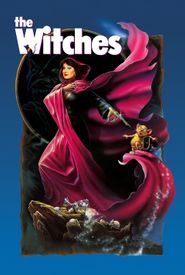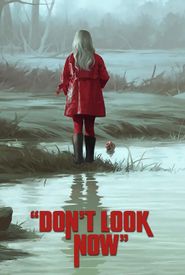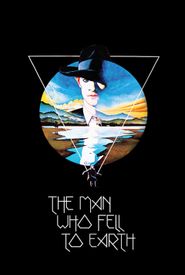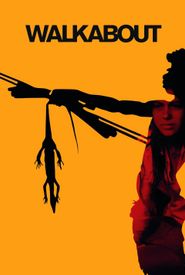Nicolas Roeg's journey in the British film industry spanned over two decades, commencing in 1947 as an editing apprentice and gradually rising to the position of cinematographer twelve years later. His early work gained recognition as part of the second unit on David Lean's Lawrence of Arabia (1962),followed by his distinctive solo contribution to Roger Corman's The Masque of the Red Death (1964). Roeg went on to collaborate with renowned directors such as François Truffaut on Fahrenheit 451 (1966),John Schlesinger on Far from the Madding Crowd (1967),and Richard Lester on Petulia (1968).
Before making his directorial debut, Roeg co-directed Performance (1970) with writer Donald Cammell, a film intended to be a star vehicle for Mick Jagger. However, the final product, a complex and multifaceted exploration of sex, violence, and identity, shocked Warner Bros. so much that they delayed its release for two years.
Roeg's solo directorial debut, Walkabout (1971),marked his transition from cinematographer to director and took place in Australia. Over the next decade, he created a remarkable body of work, including Don't Look Now (1973),The Man Who Fell to Earth (1976),and Bad Timing: A Sensual Obsession (1980),which showcased his unique perspective through fragmented and dislocated images and an innovative approach to storytelling.
Nicolas Roeg married actress Theresa Russell, who would appear in nearly all his subsequent films, including Eureka (1983) and Cold Heaven (1991),although these received less critical acclaim. The release of both films was hindered due to issues with their distributors.
















































